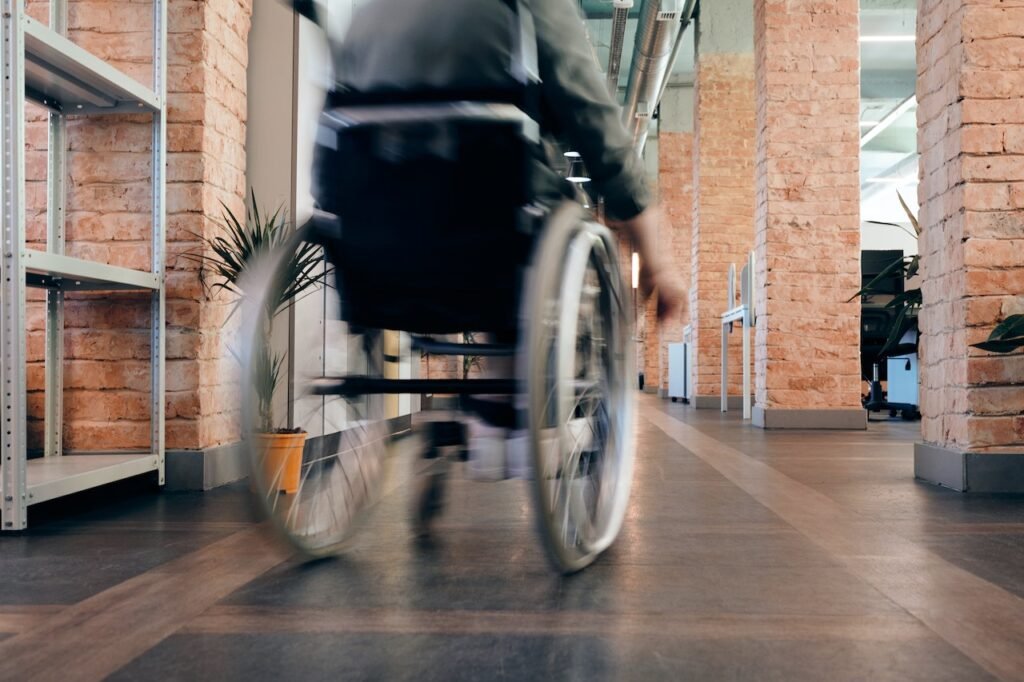Table of Contents
People with disabilities are also part of society and thus should not be discriminated against in any form. Accessing public buildings and multipurpose organizations can be tough for someone with a disability, especially when the door has a fault. In that case, check out commercial door repair service near me.
To prevent unconscious discrimination, installing handicap doors in public organizations is necessary. This article captures what handicap doors look like, their types, and some benefits of installing one.
What Are Handicap Doors?
Handicap doors came about in 1990 after the Americans Disabilities Act was passed into law. This Act stipulates that people with disabilities should not be discriminated against while accessing public buildings.
Handicap doors open and close automatically and give users access through the push button or motion detector installed on them.
Handicap doors have specific regulations, including that they must be at least 32 inches wide, a threshold right above an inch, and an accessible button for those in a wheelchair.
Types of Handicap Door Openers
Handicap door openers vary. Your choice depends on the category of people that access your building or home.
Here are a few of them.
1. Button Door Opener
This door opener is installed on the wall like a button or switch. Once it’s pressed, the door opens and closes after some seconds. Sometimes, the user needs to press the button twice to close the close door. This depends on the type of sensor installed.
The button sensor works well for users on a wheelchair, a walking stick, or a scooter. For people with a severe disability, pressing the button may seem difficult.
2. Sensor Automatic Door Opener
This type of door opener is common in big establishments like malls and commercial buildings. It uses a sensor installed on the ground or close to the door. The sensor triggers the door to open when different energy is felt and then closes the door when the energy level returns to normal.
The sensor door opener gives every user access to the building without struggle. Thus, it is a good shot for your business.
3. Remote Door Opener
This type of opener is best for households and personal properties. As the name implies, the door opens when a button is pressed on a remote.
The remote sends a signal to the receiver, which activates the door to open or close. For users in a wheelchair, the remote can be installed on the armrest for easy usage. Also, the remote can be attached to your keychain or handheld.
Benefits of Installing Handicap Doors
1. Guaranteed Security
Installing an automatic door opener keeps your house in check against intruders since they can be installed at the entrance and inside your house. Alarms can be set at night to trigger any suspicious move.
Also, locks or fingerprints can be used as passwords, and this gives access to only recognized persons in the building.
2. Cost Effective
Depending on the handicap door opener you wish to install, purchasing and installing a door opener is at a fair price. It is pocket friendly.
The cost of hiring a doorkeeper will be directed into something else, your automatic door opener, to a large extent, fills the gap of a security guard or doorkeeper.
These are some of the benefits of installing an automatic door opener. Generally, in business, customers do not want inconveniences while accessing a building; hence, installing a door opener under the American Disabilities Act meets your customers’ needs.

